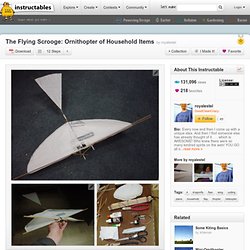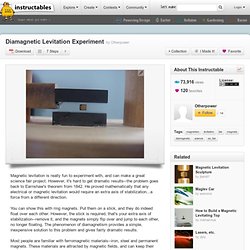

Stepper_motor. MAKE: Blog: Sparkle labs - DIY Electronics kit (video) Technical Library. NEON FLOOR LAMP. uC Hobby » Blog Archive » Free Electronics Hobby Software. I have run across several free pieces of software over the years that I find very useful when working with electronics.

Here is a list of a few of them. This is the second article submitted by BrandonU as part of the “Hobby parts for articles” program. Write something of interest to electronic hobbyist and receive parts for your next project. Electronics Assistant This is a great program with a lot of useful tools. MiscEl This program has all sorts of calculators in it, including OHM’s law, 3 Phase, Color codes, LEDs, Power supplies, PCB calculations, and many others. CalCOILS This handy program will help you design your air-wound coils. Schematic Symbol Reference Ever run across a schematic symbol you didn’t recognize? 555 Timer Pro Lots of info and design calculators for the extremely useful 555 timer in this program. There are also a lot of online calculators free to use on the web. And a few places for datasheets: Feel free to share your favorite software or links in the comments.
Discover A Hobby - Ultimate Guide for Learning About and Startin. Table of contents. Make Your Own Ornithopter from Household Items. This instructable will show you how to make a nifty flying model known as an ornithopter from cheap to free stuff.

An ornithopter is a lot like a model airplane, but it flaps its wings like a bird or an insect, and is a lovely sight to watch in flight. This is pretty easy to build; you really only have to make sure the bearings are all parallel. Everything else can be crooked and this will STILL fly just fine. It is also VERY sturdy and can take many, many crashes without breaking. As an added bonus (and due to my personal tightwaddery) it is CHEAP. If you appreciate this instructible, please visit my blog for more ideas:GoodCleanCrazy Supplies:Bamboo Place Mat -- $1 at the local dollar store. Optional:CA accelerator -- $4 at the local hobby store. 120,000 Volt Van De Graaff Generator. United Nuclear - Aerogel. Walking box. This is a box that uses a unique form of motion to move without wheels or treads. it is simple and inexpensive to build. parts list: any durable box metal rail and slider a flat metal can with a lid a steel ball a small flap of plastic any type of DC motor around 10" of wire small socket and plug (earphone jacks are good) a battery holder a toy car to put the battery holder on (optional) Step 1: The frame First, screw the rail into the box at about a 30 degree angle.

Screw the lowest screw slightly more loosely so the slider won't slide out of the rail. Also insert the socket by drilling or cutting a hole in the side. Step 2: The movement Take the flat metal can and glue the plastic flap on the inside so one end is connected to the edge and the other end is in the center of the can. Step 3: Putting it all together Step 4: Finishing touches Add wires to the plug and connect the wires to the battery holder. Repurposed - Clock into Kinetic Wall Art. Programmable LED. An LED is used as output.

As input I used an LDR, a light dependent resistor. This LDR changes its resistor as it receives more or less light. The resistor is then used as analog input to the microprocessors ADC (analog digital converter). The controller has two modes of operation, one for recording a sequence, the other for playing back the recorded sequence.
Once the controller notices two changes of brightness within half of a second, (dark, bright, dark or the other way round), it switches to recording mode. As the memory of this tiny controller is very limited, 64 bytes (yes, bytes!) YET! Another Digital Picture Frame. Diamagnetic Levitation Experiment. Magnetic levitation is really fun to experiment with, and can make a great science fair project.

However, it's hard to get dramatic results--the problem goes back to Earnshaw's theorem from 1842. He proved mathematically that any electrical or magnetic levitation would require an extra axis of stabilization...a force from a different direction. You can show this with ring magnets. Put them on a stick, and they do indeed float over each other. However, the stick is required, that's your extra axis of stabilization--remove it, and the magnets simply flip over and jump to each other, no longer floating. Most people are familiar with ferromagnetic materials--iron, steel and permanent magnets. Diamagnetism is the key to this experiment, and provides the extra stabilizing force needed. Getting free music legally (and converting it to MP3 format) Pie in the sky. BIOFORM PUHASZÉK - BIOFAKTOR.